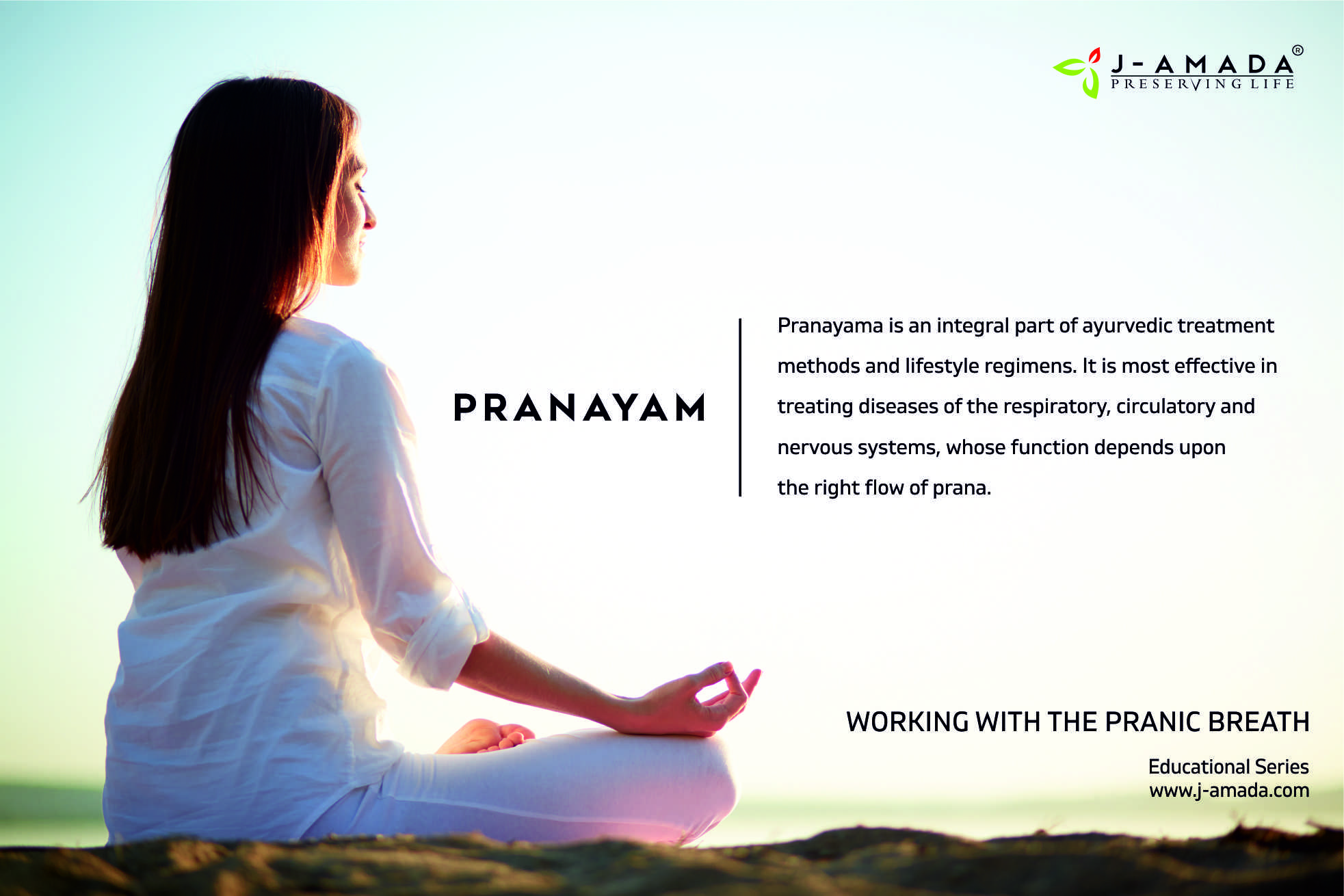
PRANAYAM :: WORKING WITH THE PRANIC BREATH
Pranayama treats all the doshas. The right practice of pranayama normalizes vata, the master dosha and expression of prana. Pranayama is one of the main practices for reducing kapha, which has a tendency to stagnation and the production of mucus. It helps reduce kapha in both the head and lungs. In addition, special cooling pranayamas counter pitta and remove heat. The use of prana for healing is an important aspect of Ayurveda that should never be overlooked in treatment.
The Five Pranic Breaths
The following are a few simple exercises for developing the five pranas. They can be done by anyone. Doing them keeps all the pranas in balance.
1) Working with the Prana or Energizing Breath
The pranic breath is the breath in the head. It is energized through deep inhalation, drawing energy from above into the higher head and brain centers centered in the third eye.
Increasing the Pranic Breath:
Take a series of sustained deep inhalations, drawing energy from the sky and space around you and bringing it through the head and senses into the third eye. Hold your energy in the third eye during retention as a ball of light and exhale through the third eye, spreading energy through all the senses. You can also do this practice with alternate nostril breathing, focusing on one side of the head at a time.
The prana breath is useful for treating all diseases of the mind, senses, head, brain and nervous system. It is particularly good for sinus allergies, head colds, and headaches. It aids in nervous exhaustion and brain fatigue. It provides a pranic bath to the brain, refreshing and revitalizing it for more productive mental activity.
2) Working with the Udana or Ascending Breath
The udana breath is the breath in the mouth. It is allied with thought, sound or mantra and the upward movement of the will.
Increasing the Udana Breath:
Take a deep breath with the mouth and draw the energy into the throat chakra, holding it there upon retention. Upon exhalation loudly chant OM. Feel your energy rise and expand like a ball of light from the OM sound in the mouth to encompass the entire horizon and entire universe.
The udana breath treats all diseases of the throat region and vocal cords. It guards against sore throat, improves the voice, gives vitality and grants more strength. It helps anyone who needs greater powers of articulation and self-expression.
3) Working with the Vyana or Expanding Breath
The vyana breath is the breath in the heart that pervades the entire body and extends outward. Vyana breathing aims at opening the lung and heart region and from there expanding out to the rest of the body, the external world and the whole of life.
Increasing the Vyana Breath:
Take a deep breath, preferably while standing, extending your arms as widely as possible and filling the heart and lungs with energy. Keep the arms wide apart during retention, visualizing your energy expanding from the heart through the blood stream to the entire body and limbs and out through the hands and feet into the external environment, extending all the way to the horizon.
Close your arms upon exhalation, returning all energy to its source in the heart. Feel that your heart is the life-center of all creation.
The vyana breath treats all diseases of the circulatory and musculoskeletal systems. It is good for lung problems, heart disease, arthritis, asthma, and stress. It helps all those who need greater energy and coordination for physical exertion and movement.
4) Working with the Samana or Centering Breath
The samana breath is the breath in the navel or belly. Samana breathing aims at centering and balancing our energy.
Increasing the Samana Breath:
Visualize the energy from the entire universe and its many galaxies, stars and planets spiraling into your body from the distant horizon. Breathe deeply, bringing the breath down into the navel during inhalation, feeding the digestive fire. Hold the breath firmly in the navel during retention, letting the digestive fire blaze up. On exhalation, let the breath extend outward from the navel providing nourishment to all the tissues of your body and all the layers of the mind and heart.
The samana breath treats all diseases of the digestive system, liver, gall bladder, stomach, and small intestine. It is particularly good for low appetite, poor absorption, and ulcers. It aids in homeostasis, balances metabolism, and has a balancing effect on both body and mind.
5) Working with the Apana or the Descending Breath
The apana breath is the breath in the root chakra that connects us with the earth and grounds us.
Increasing the Apana Breath:
Take a deep breath, drawing your energy down to the base of the spine, feeling your body like a large and stable mountain. Hold the energy there on retention. Upon exhalation, ground the energy downward through your feet into the earth, allowing any physical or mental toxins to be released into the ground.
The apana breath treats all diseases of the reproductive, urinary nary and excretory systems. It is good for constipation, diarrhea, menstrual problems and sexual debility. It strengthens the immune system, supports ojas, and aids in the prevention of disease.
Working with All Five Pranas
Do the exercises for the five pranas in order, about ten breaths for each prana. Then repeat the entire cycle from the apana breath up to the prana breath.
Reference: Dr. David Frawley. Yoga & Ayurveda: Self-Healing and Self-Realization
Pic courtesy: <a href=’https://www.freepik.com/free-photos-vectors/people’>People photo created by pressfoto – www.freepik.com</a>
2 Comments
Comments are closed.
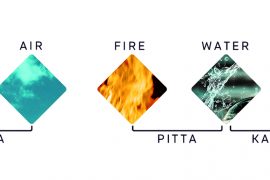
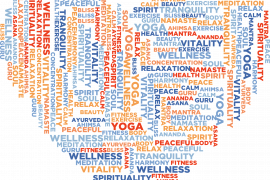

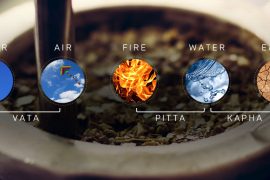
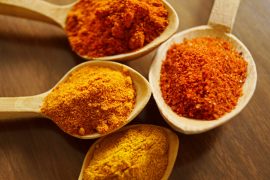
I have weak back and often have severe pain at left side of lower back. I have consulted orthopaedic surgeon but not fruitful. Can you advise any Asana.
Thank you Rupesh for contacting us. If you can please inform us about your prakriti/dosha/constitution it would give us a better understanding in suggesting you the asanas. If you are not aware of your constitution then we request you to fill in the required fields in our “know your dosha” link and submit the same. We will provide a suitable consultation based upon the information you submit.